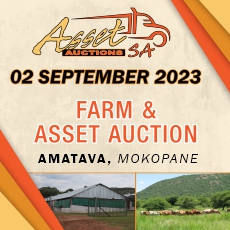Body Condition in Dairy Goats
From left to right showing the top view of goats with body condition scores 1 to 5.
Body condition in dairy goats is a measure of the body reserves in an animal. An animal's body condition indicates the amount of fat and protein (muscle) reserves that are available for maintenance, pregnancy and production. ‘Body Condition Scoring’ (BCS) is an important tool for goat farmers to optimize the production, feeding and welfare of their animals.
Body Condition Scoring (BCS) takes into account factors unique to dairy goats such as stage of lactation and extended lactations, level of production, stage of lactation relative to breeding, age at first freshening and body structure. The goat is a ive feeder and does not digest fibre as well as cattle and sheep. Therefore, dairy goats cannot maintain body condition on unimproved pasture alone. They require extra energy and protein, preferably with concentrates and/or legume hays.
The average Saanen dairy goat in the U.S. produces over 5% of her body weight in milk per day, over a 305-day (10-month) lactation. In addition, she can produce one to five kids per year. This level of productivity requires an optimal level of nutrition. A goat's weight changes during the breeding and lactation cycle. High-producing animals will lose body condition after kidding and during peak lactation, so feeding should be adjusted to accommodate the nutritional need. Weight changes should be minimized by planning the feeding programme efficiently. At peak lactation, the goat draws on her fat reserves and becomes thinner.
In late lactation, she needs to put on weight again so she has sufficient fat reserves for the next pregnancy and lactation. It is not desirable for does to lose body condition during the dry period. Managers of dairy goats often choose to freshen (time of first kidding) some does at 12 months of age while holding some back as "dry yearlings" and freshening them at 18 or 24 months. These different choices require different feeding programs and result in very different BCS.
Milking yearlings are bred at 7 to 9 months of age and still grow significantly while pregnant. They often have relatively low BCS at freshening and it's almost impossible to over-feed milking yearlings. Does that freshen at 18 to 24 months will often show higher BCS and should be managed to minimize over-conditioning before kidding. Other factors (apart from feeding) might also affect body condition in dairy goats. These include parasites, wasting disease, viral or bacterial disease and dental problems.
Body condition scoring in milk goats is different than that for dairy cows. Goats store much of their fat reserves around the intestines. Therefore the system of body condition scoring for goats that has been developed includes measurements of brisket fat as well as the measurement of fat cover in the lumbar region.
By Marinda Louw








